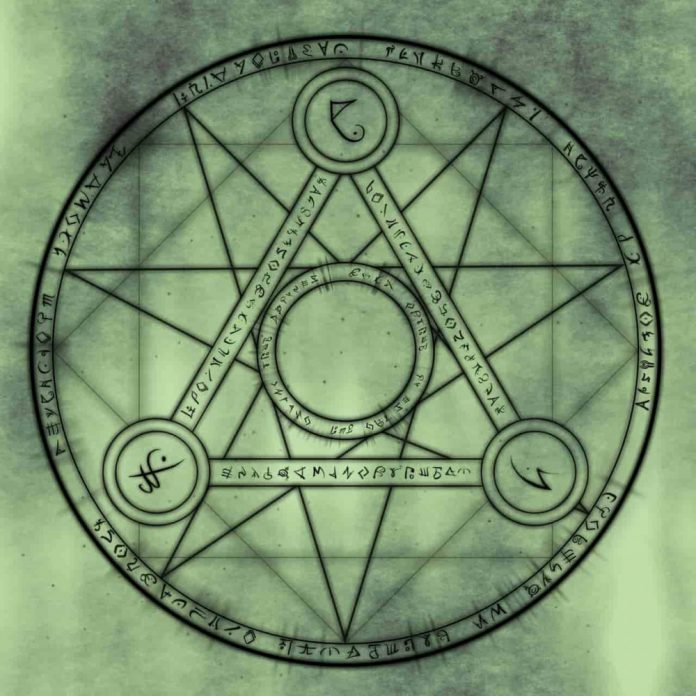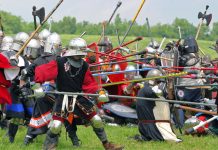Alchemy from depth psychology perspective has much to say about personal growth, metaphysics, and spiritual transformation. Jung sheds light on true meaning of alchemy.
Alchemy is a word heard more and more often yet its meaning is mostly lost. Alchemy conjures vague mental pictures of robed men stirring large vats of bubbling water, apprentices cranking spigots to keep the fires burning. Half witch, half wizard, definitely crazed scientist from sometime in the middle ages is the commonly held understanding.
Recently the word is heard more often to indicate some kind of transformational shift that has taken place or is about to take place. The nightly news, for instance, might say casually “what’s needed now is an alchemy of change in the House and Senate.”
The Science of Secrecy
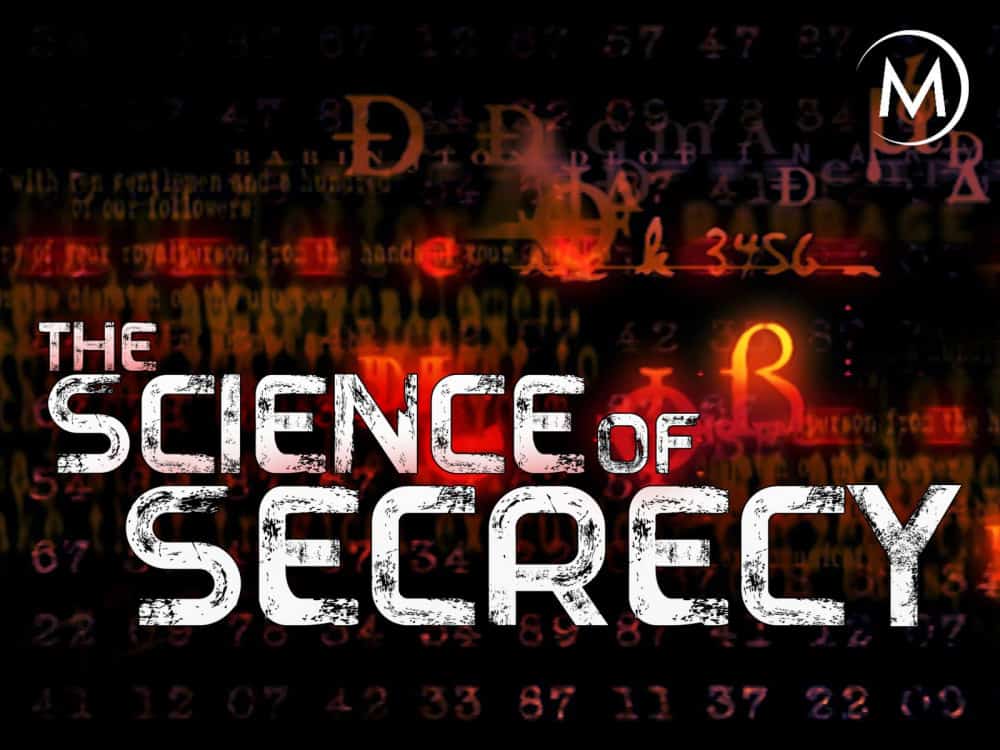
In truth the word alchemy refers to a distinct process of work that once did occur in the secrecy of high towers and stone chambers of the middle ages. The detailed drawings from these ancient texts depict everything from the incredibly strange to the horrific.
For what reason, aside from some creepy interest in the macabre, has the word alchemy resurfaced in today’s popular lexicon? The answer is somewhere between the magic it conjures and the psychology it promises to reveal.
Carl Jung and Meaning of Philosopher’s Stone
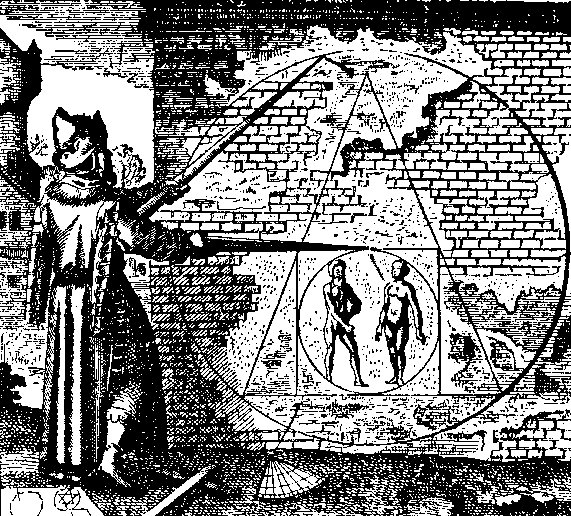
Nowadays, thanks to the work of esteemed thinker, Carl Jung, alchemy has come to signify the psychological processes of transformation and individuation. Turning lead into gold or discovering the Philosopher’s Stone has metaphorically come to mean finding one’s true self. How this change in understanding came about is interesting.
Over 40 years ago Carl Jung became fascinated by the old alchemical texts. What stirred his curiosity was what the ancient alchemists were looking for, what they called the prima materia. This prima materia was, thought Jung, the nature of the mind itself. That without being aware of it, hundreds of years before the birth of psychology even, the alchemists’ work depicted the steps towards psychological wholeness.What they were “experimenting” with was not material universe but that equally vast realm—the mind.
Prima Materia and the Projected Unconscious
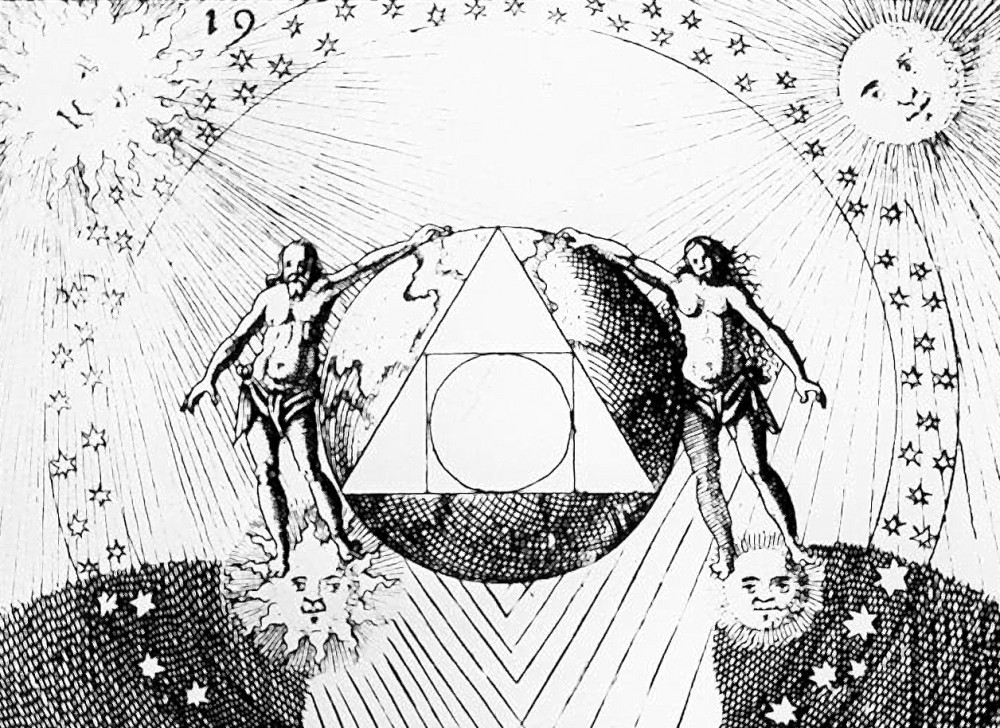
Jung’s reasoning was that the prima materia was actually the collective unconscious which revealed itself mainly through dreams but also through projections. Projections most simply means the tendency of the individual to see in others qualities that reside in oneself.
Therefore, just as dreams come to the dreamer entirely by themselves, so did the strange images from his own projections come to the alchemist as he worked alone in the undisturbed secrecy of his laboratory. Because both dreams and projections draw from the collective unconsciousness what the alchemist depicted in his elaborate drawings was actually the varying means of self-transformation through symbolic images.
Symbolic Imagery and Texts
The alchemist may have thought he was uncovering the nature of matter; in actuality he was uncovering the nature of himself. As a metaphorical science, through elaborate texts and symbolic imagery, alchemy today, to the trained reader of symbols, reveals the steps towards individual transformation.
Eight of the most well documented and analyzed alchemical processes and the nature of the substance it pertains to is as follow:
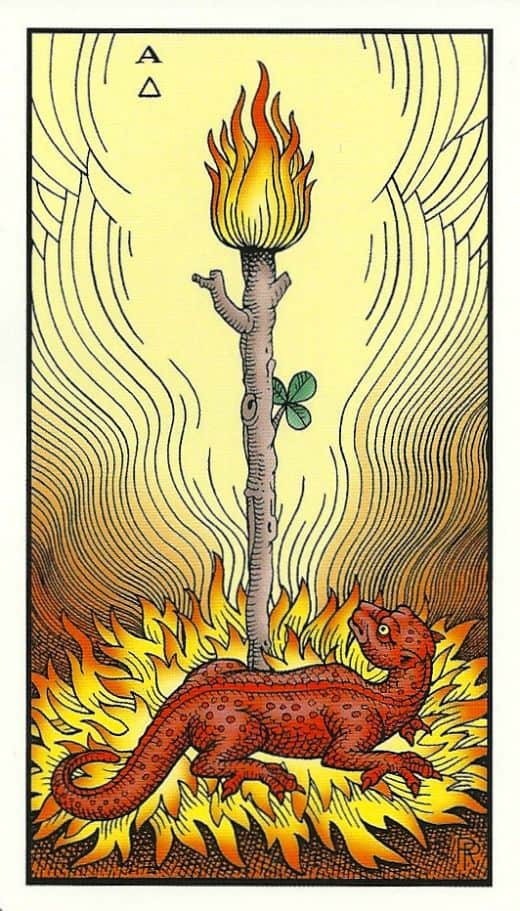
Eight Operations of Alchemy
- Calcinatio: Transformation through Fire
- Solutio: Transformation through Water
- Coagulatio: Transformation through Earth
- Sublimatio: Transformation through Air
- Mortificatio: Transformation through Decomposition
- Separatio: Transformation through Separation into Parts
- Coniunctio: Transformation through the Marriage of Opposites


